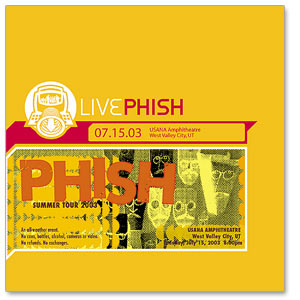Cross-site request forgery, also known as a “one-click attack”, “session riding”, or “confused deputy attack”, and abbreviated as CSRF (sometimes pronounced “sea-surf”) or XSRF, is a type of a website malicious exploit where unauthorized commands are transmitted from a user that the website trusts.
Unlike cross-site scripting (XSS), which exploits the trust a user has for a particular site, CSRF exploits the trust that a site has in a user’s browser. Because it is carried out in the browser (from the user’s IP address), this attack method becomes quite difficult to log. A successful CSRF attack is carried out when an attacker entices a user to “click the dancing gnome” which does some dirty gnom-ish v00d00 magic (no offence to any gnomes in the readership) on another site where the user is, or has recently been, authenticated.
As we’ll see in our video example, by tricking a user into clicking on a link in, we are able to create a new administrator user which allows us to log in at will and further our attack.
According to the United States Department of Homeland Security the most dangerous CSRF vulnerability ranks as the 909th most dangerous software bug ever found, making this vulnerability more dangerous than most buffer overflows. Other severity metrics have been issued for CSRF vulnerabilities that result in remote code execution with root privileges as well as a vulnerability that can compromise a root certificate; which will completely undermine a public key infrastructure.
If that’s not enough, while typically described as a static-type of attack, CSRF can also be dynamically constructed as part of a payload for a cross-site scripting attack, a method seen used by the Samy worm. These attacks can also be constructed on the fly from session information leaked via offsite content and sent to a target as a malicious URL or leveraged via session fixation or other vulnerabilities, just to name a few of the creative ways to launch this attack.
Some other extremely useful and creative approaches to this attack have evolved in recent history. In 2009 Nathan Hamiel and Shawn Moyer discussed “Dynamic CSRF”, or using a per-client payload for session-specific forgery at the BlackHat Briefings, and in January 2012 Oren Ofer presented A new vector called “AJAX Hammer” for composing dynamic CSRF attacks at a local OWASP chapter meeting.
So we know this type of attack is alive and well. What can you do about it? Stay tuned — I’ll give you the solutions tomorrow in Part Two!




